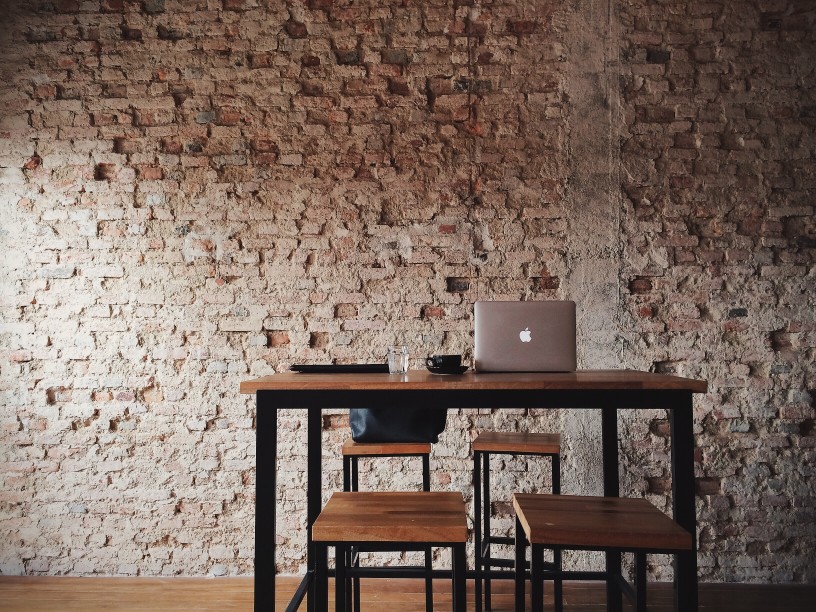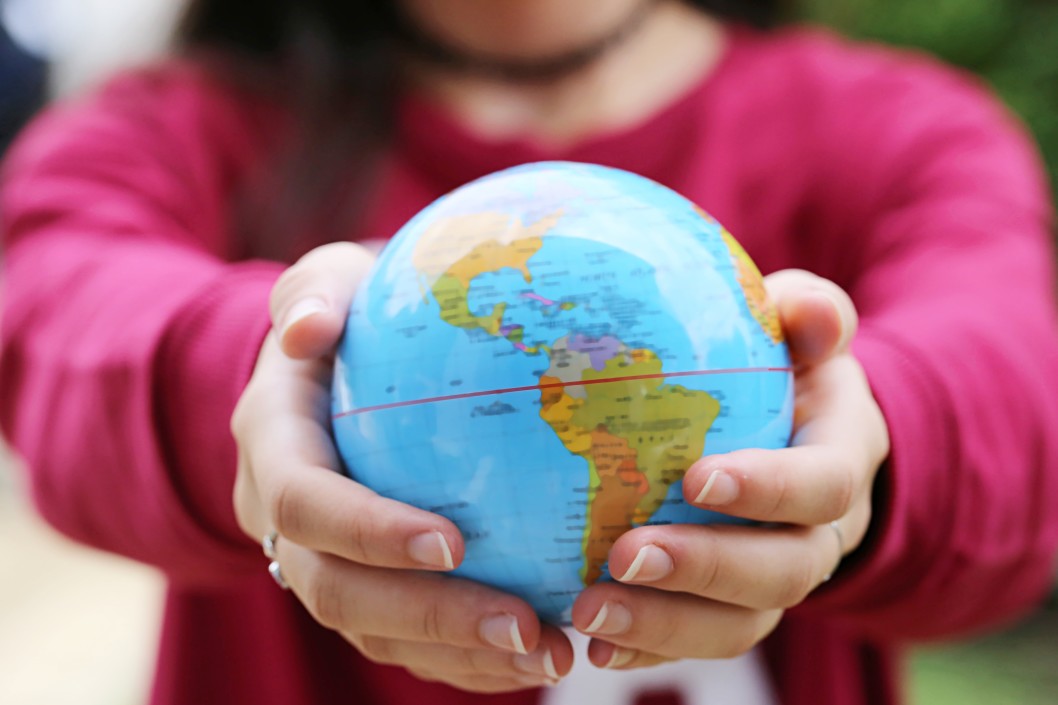On a warm December morning in Sarasota, Florida, people throng the local Wawa, pouring coffee, ordering breakfast and exchanging morning pleasantries. The only evidence of a pandemic are plastic shields in front of the cash register and the ignored “masks required” sign at the entrance.
1200 miles away, at my Chicago-area college, pandemic consciousness pervades every aspect of life. It’s a tale of two countries in one union: in one state, maskless congregants fill the pews on Sunday, and restaurants bustle with activity. In another, students wear masks on campus, even when walking outside; at the store, every checkout aisle has hand sanitizer and employees clean carts with antibacterial wipes between use.
The pandemic is now well into its third wave, with new cases topping 200,000 per day and deaths at an all-time high. FDA approval of two vaccines promises an eventual solution, but for the moment, many governors have resorted to tightening restrictions. At the same time, the mind can only maintain crisis mode for so long before defaulting to normal, and Americans have developed intense lockdown fatigue.
Is it time to reopen? Or should we batten down the hatches until everyone receives a vaccine?
If you want to understand whether lockdowns are effective and why different states have such different restrictions despite similar caseloads, Austan Goolsbee and Chad Syverson’s “Fear, lockdown and diversion: Comparing drivers of pandemic economic decline 2020,” set to be published in the January 2021 volume of the Journal of Public Economics, is a good place to start.
Proving More than They Intended
Goolsbee and Syverson’s paper sets out to study whether the pandemic recession should be blamed on government shutdowns or on individuals’ decisions to self-isolate. The authors measure economic decline using cellphone data, comparing consumer foot traffic between regions with differing lockdown policies from March 1 to May 16. Ultimately, the authors conclude that while total consumer traffic fell by 60 percent, only 7 percent can be attributed to lockdown policies. The bulk of the decline happened because people chose to stay home to avoid catching the virus.
However, this study presents a double-edged sword, undermining both lockdown enthusiasts and opponents. On the surface, it may seem to favor those supporting stricter restrictions, demonstrating that the shutdowns were not themselves responsible for the immense economic downturn in the wake of the COVID-19 pandemic.
Does that mean critics have unfairly blamed lockdowns for the recession? Yes and no. While the authors focus on foot traffic solely as a metric of economic activity, it also serves as a proxy for social distancing. If you read the paper as a study on the effectiveness of lockdowns to enforce social distancing, it’s clear that shutdowns didn’t hurt the economy only because people were already staying home.
If It’s Not Hurting, It’s Not Working
Does this mean lockdowns are always irrelevant? Not exactly. The study only shows they were redundant in conjunction with the fear factor. When the virus first reached American shores, people were afraid enough that they didn’t need to be told to stay home. Hence, the authors observed comparable declines in consumer activity regardless of government policy.
But that was March. At the cusp of the new year, people are tired of staying at home, and most have neither the patience, nor the cash reserves, for another round of stringent lockdowns. Gallup polls find each month that fewer Americans are avoiding social gatherings and public places, despite cases and deaths at an all-time high. Nobody wants to get grandma sick, but nobody wants to leave her alone on Christmas either.
Since people are no longer choosing to self-isolate, renewed shutdowns might prove more effective than before. Were Goolsbee and Syverson to repeat their study in the coming months, they would likely find a larger difference in foot traffic between states with high restriction levels and states with lax guidelines. This would be good news because it would show that lockdowns are effective at keeping people away from viral hotspots like restaurants and shopping malls. However, since foot traffic also measures economic activity, the public health success would come at the cost of proportional economic harm. You can’t slow the spread without slowing the economy.
High Political Costs
Effective COVID-19 restrictions aren’t just economically but also politically costly. This is because lockdowns are only effective to the extent that they are unpopular.
How so? Because the efficacy and popularity of lockdowns are moderated by the same metric: fear. When people are afraid of the virus, restrictions are seen as an acceptable cost to limit the spread. However, they are also redundant, serving only as institutional enforcement to self-selected behavior. Conversely, in areas where people are less concerned about infection, lockdowns might curb risky behavior but are an unpopular political move.
As lockdown fatigue continues to set in, governors will pay higher political costs for imposing restrictions. This trend can already be seen in California, where Governor Gavin Newsom’s continued stay-at-home orders and school closures have fueled a substantial recall election bid against him. What was once seen as an acceptable cost is increasingly regarded as an unsustainable infringement on rights.
What the high political cost of lockdowns means for those of us outside the governors’ mansions is that the political incentive structures are stacked against effective lockdown policy. Because the popularity of restrictions is inversely proportional to their efficacy, policymakers seeking public approval will institute lockdowns when they are least necessary and lift them where the virus is worst. Recognizing the problem doesn’t fix it, but it might allow you to better see through political grandstanding.
Weighing the Balance
There’s a toxic discourse that casts COVID-19 policy as a matter of pure science. It isn’t. When restrictions represent trade-offs between public health and economic welfare, policy should be informed not only by science but also by economics and moral reasoning. Science can explain how the virus spreads, its transmission rate and the effectiveness of masking, but it can’t weigh conflicting needs and priorities for the public. Claiming otherwise is a rhetorical power-play to stifle debate.
Goolsbee and Syverson’s paper captures the paradox at the heart of the lockdown debate: government restrictions are only effective to the extent they are unpopular and economically harmful. There’s no best-of-both-worlds middle ground that protects economic activity while also curbing viral spread.
Coming home to Florida for Christmas felt like a trip abroad, but the situation isn’t as different as it first seemed. Wheaton and Sarasota are dealing with the same virus and the same trade-offs, but they’ve weighed risks differently. You can have health or wealth, but you can’t have both. 2020 has forced states into choosing the lesser of two evils; hopefully, 2021 will eliminate the need.



